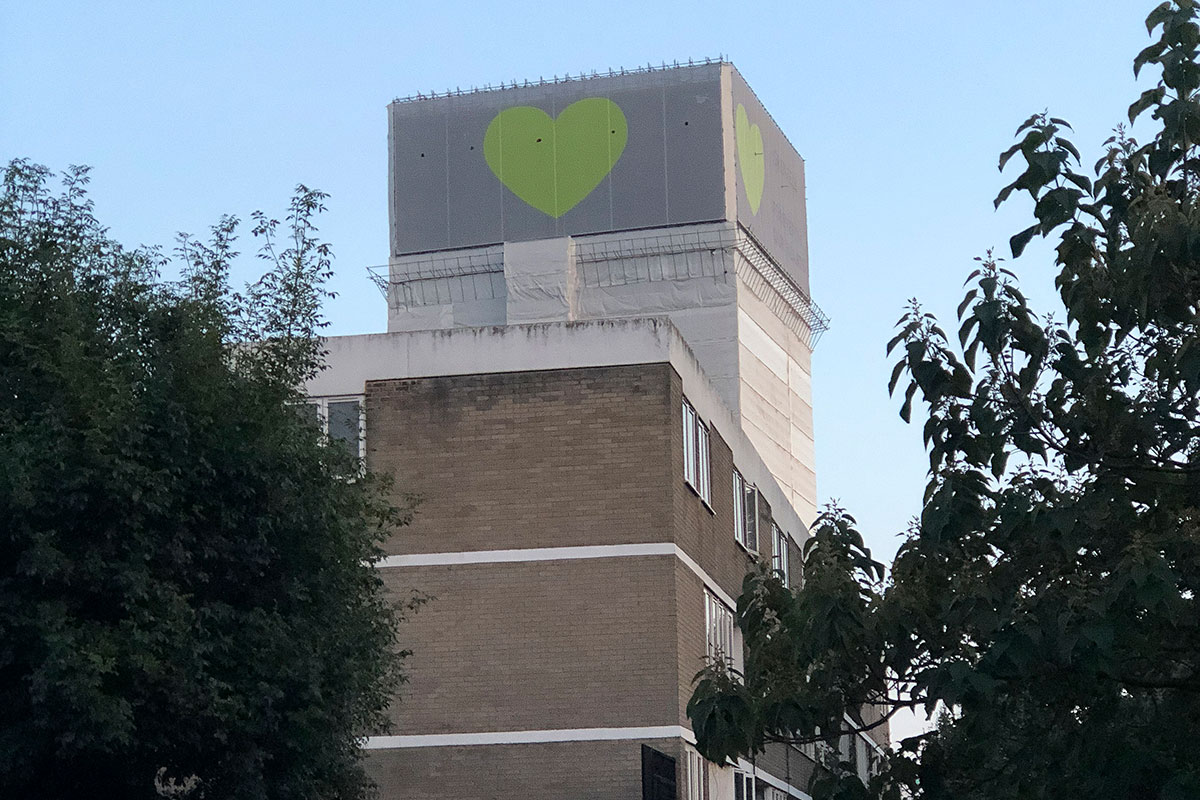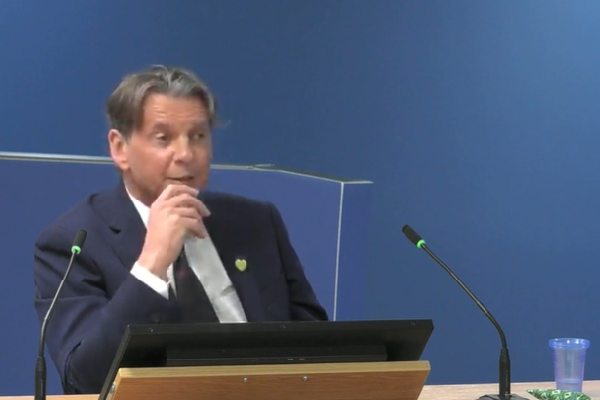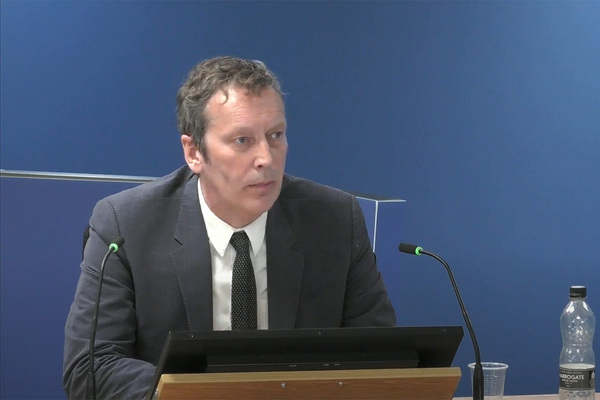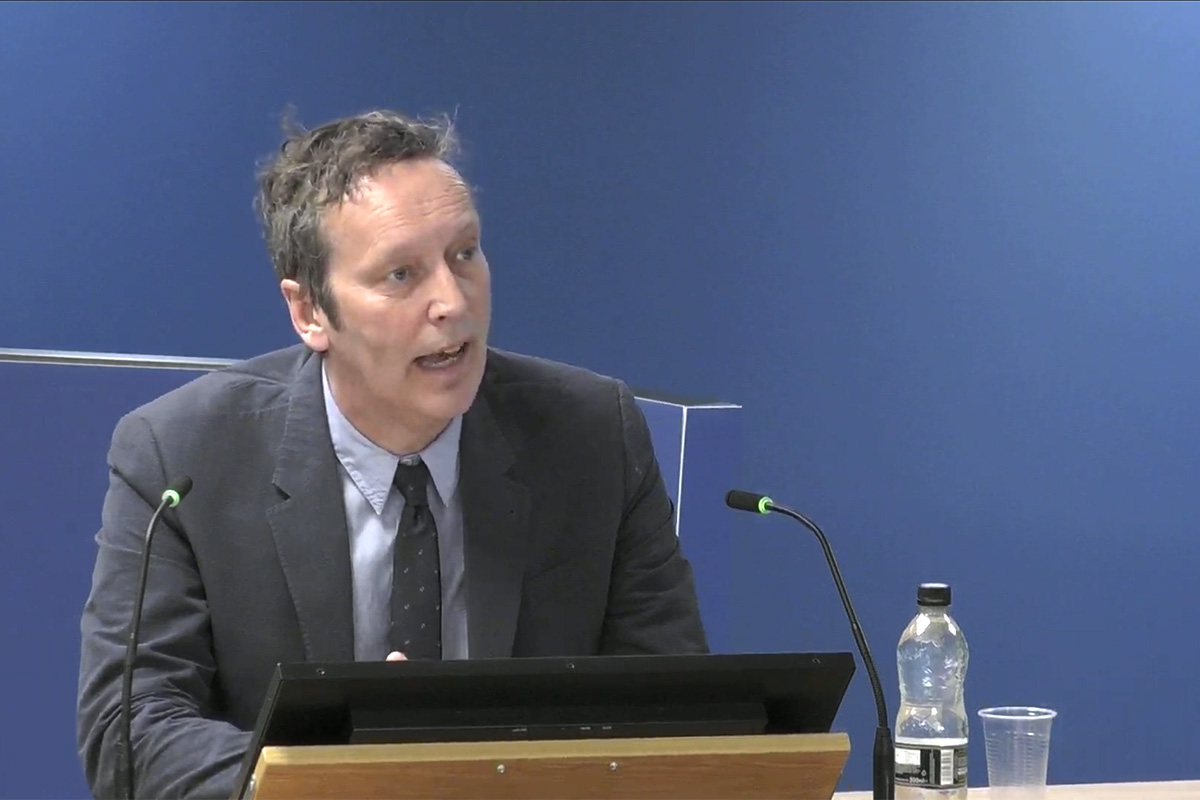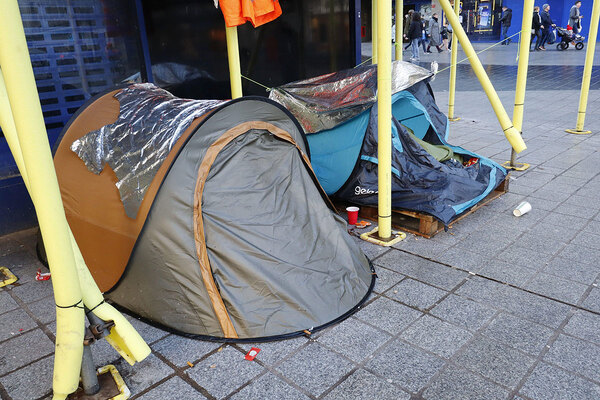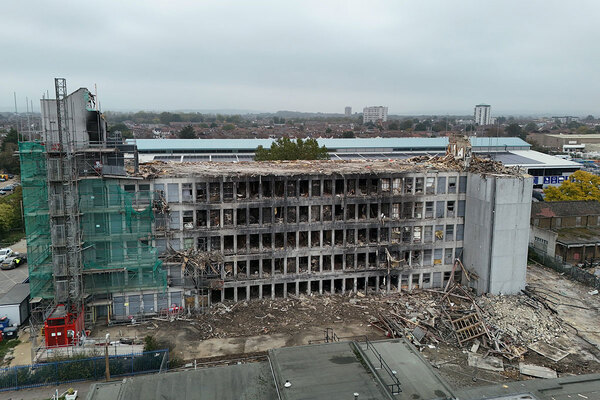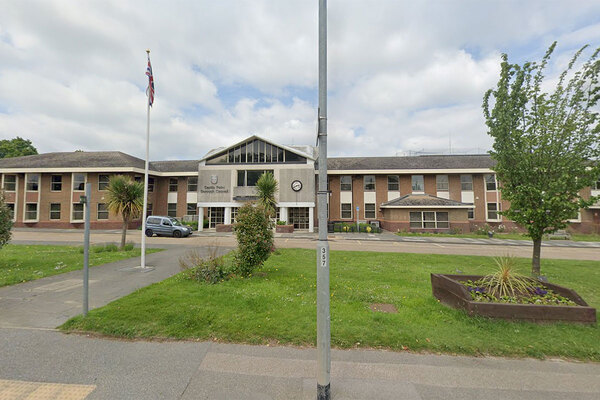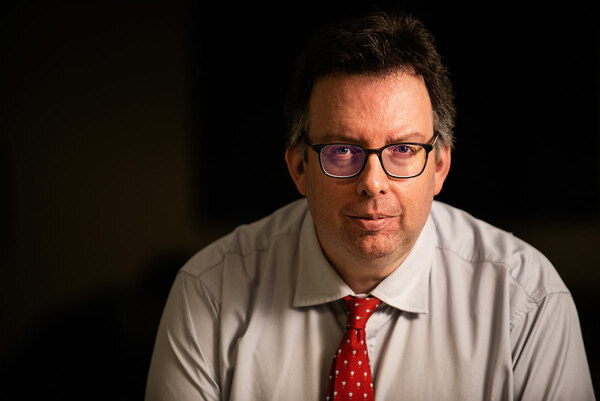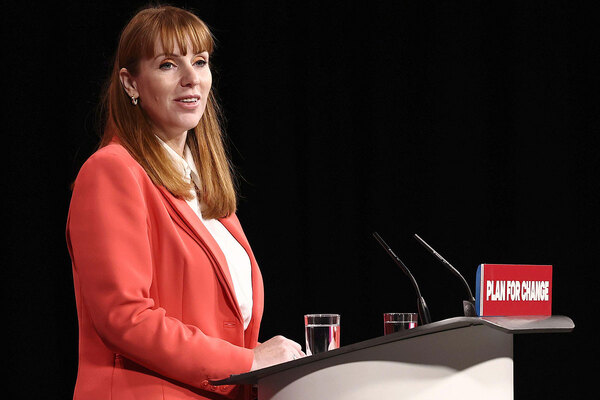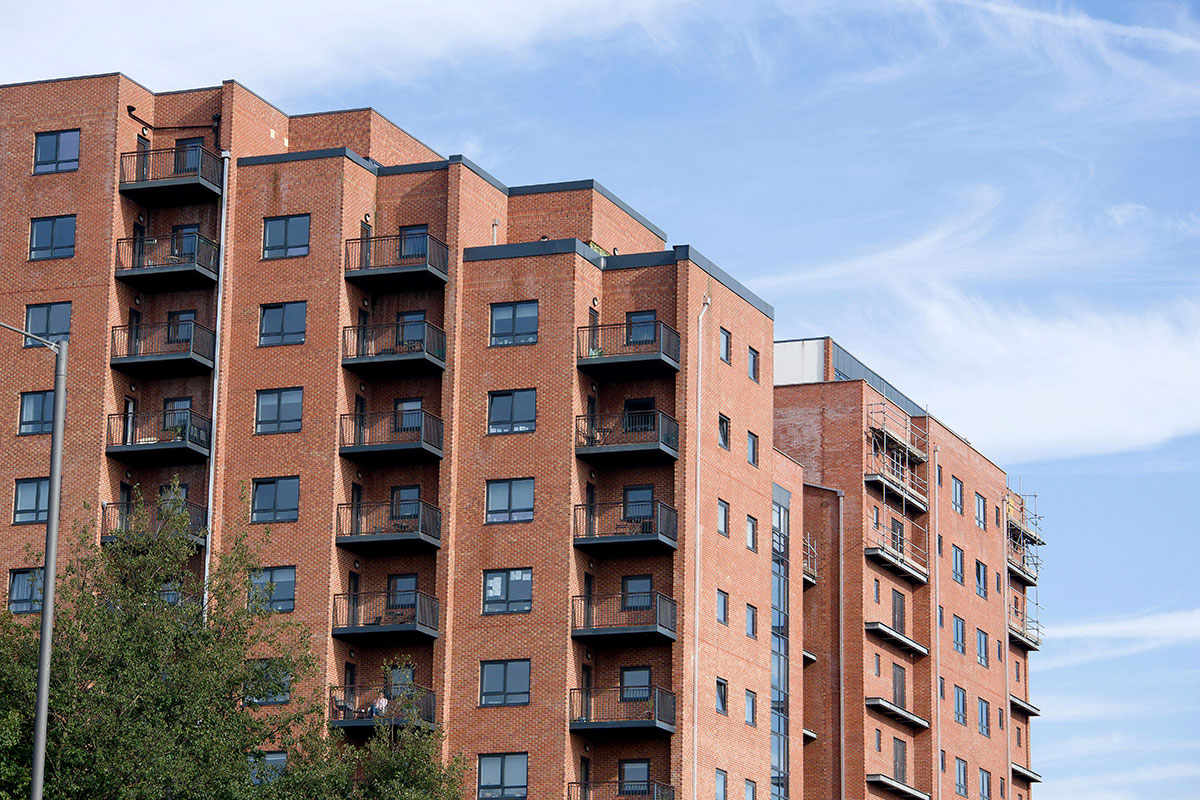KCTMO warned by fire service of ‘catastrophic failure’ of smoke ventilation system at Grenfell Tower in 2010
The organisation that managed Grenfell Tower did not fix a smoke control system for five years despite warnings from the London Fire Brigade that it had experienced a “catastrophic failure” resulting in injuries to three residents.
The revelation came in the witness statement of Shah Ahmed, a resident of the 18th floor of the tower and chair of its leaseholder association from 2010.
He explained that a fire in the tower in April 2010, which resulted in injury to his wife Sayeda, “was the first major warning to me that residents’ lives might be in danger”.
The fire had started in Flat 64 and spread to the landing, with smoke reaching the 15th floor through the ventilation system.
When Sayeda opened the door of their flat she was confronted by smoke and Mr Ahmed, who was on the phone to her, ran to the tower from Shepherd’s Bush tube station.
He said “thick, heavy smoke” had penetrated their flat, resulting in smoke inhalation injuries to his wife, who received treatment in an ambulance.
In May 2010, he emailed Kensington and Chelsea Tenant Management Organisation (KCTMO) regarding the fire and said: “Should a fire occur in the staircase of Grenfell Tower, there will be no escape route for residents of Grenfell Tower, since obviously the lifts will be out of service. This raises serious health and safety issues and could trap the residents of building in a fire with no escape.”
The email received a two-sentence response simply stating that the concerns had been noted.
Mr Ahmed then instructed lawyers to make a claim on behalf of his wife. In an email from August 2010, the council’s insurance officer said the claim would be “impossible for us to defend” as the smoke extraction system was “defective”.
The system – which was supposed to remove smoke from staircases and lobbies – was in fact transporting it up the building as vents on higher floors did not close properly.
The local fire service also emailed KCTMO in 2010 to describe a “catastrophic failure” of the smoke ventilation system.
Mr Ahmed pushed for repairs to this system through the leaseholder group, but it was not actually replaced until 2015/16, which Mr Ahmed described in his statement as an “extraordinary delay”.
The replacement ventilation system in place on the night of the fire, an upgrade of the existing system, is also believed to have failed, with vents not closing correctly.
Mr Ahmed also wrote in detail about how his complaints were handled, saying: “I thought that the complaints procedure was a way for the TMO to be judge, jury and executioner. It essentially let them judge themselves.
“Their strategy was to refer me to the complaints procedure and exhaust GTLA [Grenfell Tower Leaseholders Association]. I felt that their replies never gave sincere attention to GTLA’s serious and grave concerns in Grenfell Tower.”
He made repeated calls for an independent assessor to be appointed to review the safety of the tower – a request that ran right up until days before the fire and was repeatedly refused.
He referred to an email – sent in relation to one of his complaints – from Laura Johnson, director of housing at Kensington and Chelsea Council, which said the tower had “always been a bad-tempered place” where a “general crossness has lingered and is stoked by various individuals with their own agenda”.
He said this showed that the organisation “considered complaints to be a nuisance”.
Richard Millett QC, lead counsel to the inquiry, thanked Mr Ahmed for his statement, which exhibits 194 documents to support it and cites a further 536.
He said it has “deeply increased” the inquiry’s understanding of the way residents in the tower were treated.
Mr Ahmed’s evidence was followed by David Noble (below), former policy and diversity officer at KCTMO.
He was shown forms that allowed residents to state whether or not they had a disability, but these did not give the option to discuss organising a personal emergency evacuation plan (PEEP) from the tower.
Asked why they were not offered such a plan, Mr Noble said he could not remember, and could not recall any discussions about the issue.
He said policy documents he prepared on equality and diversity issues did not contain reference to the issue because this was a matter handled by the separate health and safety team.
RBKC has admitted it did not develop PEEPs for residents with disabilities, many of whom were unable to evacuate on the night of the fire and subsequently died.
Mr Noble also provided a spreadsheet of residents with vulnerabilities to the London Fire Brigade at close to 5.30am on the morning of the fire.
He explained today that KCTMO had been recording details in two different systems: Capita, which held older data, and a CRM, to which newer residents were being added.
The data he provided was derived from the Capita system and therefore may have missed new additions. The inquiry has previously heard that the spreadsheet only recorded 10 of 37 residents of the building with vulnerabilities.
Asked about this, Mr Noble said if he could “do it again I would do it faster” in reference to moving the old data onto the new system.
In the afternoon the inquiry heard from Mark Anderson, KCTMO’s director of assets and regeneration from 2011 until early 2013.
Mr Anderson was shown minutes from a meeting in late 2012 that showed KCTMO had built up what was described by Andrew Kinnier QC as a “backlog” of outstanding work following fire risk assessments (FRAs) of the buildings it managed.
“Many of the items on the fire risk assessment action plans do not appear to be being progressed with the necessary degree of priority. This continues to give concern and is likely to be highlighted by the imminent council audit of our FRA procedures,” the minutes said.
When asked what the main problems were that led to this backlog, Mr Anderson said: “I think that probably the biggest one was in relation to the timeframe that was being set in FRAs for resolving an action.”
The inquiry also returned to the topic of a fire door replacement programme undertaken by KCTMO at Grenfell Tower from 2011 to 2012.
Mr Anderson was shown an email sent to KCTMO in November 2012 from the Grenfell Tower Leaseholders Association in which the group complained that KCTMO waited 19 months to tell leaseholders that their fire doors may need replacing after first notifying tenants of the building.
Mr Anderson said it was his “recollection that there was communication with the leaseholders” in 2011, but accepted that the GTLA’s concerns were “legitimate”.
“I think GTLA, along with the residents more broadly within the Grenfell Tower, had legitimate concerns and on reading this yes I consider that a legitimate concern,” he said.
The inquiry continues on Monday.
Sign up for our weekly Grenfell Inquiry newsletter
Each week we send out a newsletter rounding up the key news from the Grenfell Inquiry, along with the headlines from the week
Already have an account? Click here to manage your newsletters
